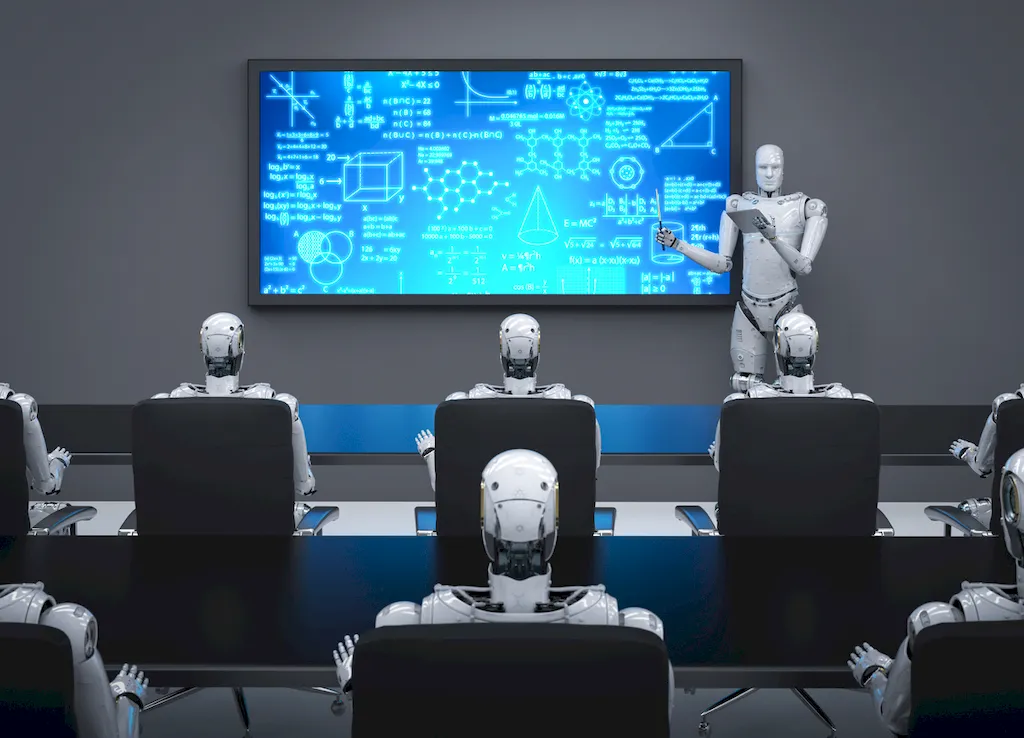Artificial intelligence (AI) automation is rapidly transforming the business world, driving efficiency, productivity, and innovation across industries. Here are some real-world success stories that demonstrate the power of AI automation:
1. JPMorgan Chase: AI-Powered Fraud Detection
JPMorgan Chase, a leading global financial institution, has deployed AI algorithms to detect and prevent fraudulent transactions. The AI system analyzes vast amounts of transaction data in real-time, identifying patterns and anomalies that may indicate fraudulent activity. This has resulted in a significant reduction in fraud losses and improved customer security.
2. Toyota: Predictive Maintenance for Manufacturing
Toyota, the world’s largest automaker, is using AI to predict potential equipment failures in its manufacturing plants. By analyzing sensor data from production lines, the AI system can identify early signs of wear and tear, allowing for preventive maintenance before breakdowns occur. This has reduced downtime, improved production efficiency, and minimized maintenance costs.
3. Amazon: AI-Powered Personalized Recommendations
Amazon, the e-commerce giant, uses AI to recommend products to customers based on their past purchases, browsing history, and preferences. The AI system analyzes vast amounts of customer data to identify cross-sell and upsell opportunities, leading to increased customer engagement and sales conversion rates.
4. Google: AI-Powered Ad Targeting
Google, the internet search giant, utilizes AI to personalize advertising campaigns for its users. The AI system analyzes user data and search queries to deliver relevant and targeted ads, enhancing the user experience and improving ad effectiveness.
5. IBM: AI-Powered Supply Chain Optimization
IBM, the global technology leader, has developed AI-powered solutions to optimize supply chains for businesses. The AI system analyzes real-time data from suppliers, distributors, and customers to optimize inventory levels, routing, and logistics, reducing costs and improving supply chain efficiency.
6. Accenture: AI-Powered Risk Management
Accenture, the global professional services firm, is leveraging AI to assess and manage financial risks for its clients. The AI system analyzes financial data, industry trends, and market conditions to identify potential risks and develop mitigation strategies, helping clients make informed financial decisions.
7. Zurich Insurance: AI-Powered Claims Automation
Zurich Insurance, a global insurance provider, is using AI to automate claims processing, reducing manual tasks and streamlining the claims adjudication process. This has led to faster claim settlements, improved customer satisfaction, and reduced operational costs.
8. Unilever: AI-Powered Predictive Sales Modeling
Unilever, the multinational consumer goods giant, is utilizing AI to predict future sales trends and optimize product distribution. The AI system analyzes historical sales data, market trends, and consumer behavior to forecast demand, enabling better inventory management and distribution planning.
9. GE Healthcare: AI-Powered Medical Diagnosis
GE Healthcare, the medical technology company, has developed AI algorithms to assist doctors in diagnosing diseases. The AI system analyzes medical images such as X-rays, MRI scans, and CT scans, identifying potential abnormalities and providing insights for diagnosis.
10. NASA: AI-Powered Rocket Launch Optimization
NASA, the US space agency, is using AI to optimize rocket launch trajectories and reduce fuel consumption. The AI system analyzes weather data, wind patterns, and rocket performance to determine the optimal launch time and trajectory, improving the efficiency of space missions.
These case studies demonstrate the diverse applications of AI automation across industries and the tangible benefits it can bring to businesses. As AI technology continues to evolve, we can expect to see even more innovative and transformative applications of AI automation, shaping the future of work and driving economic growth.

